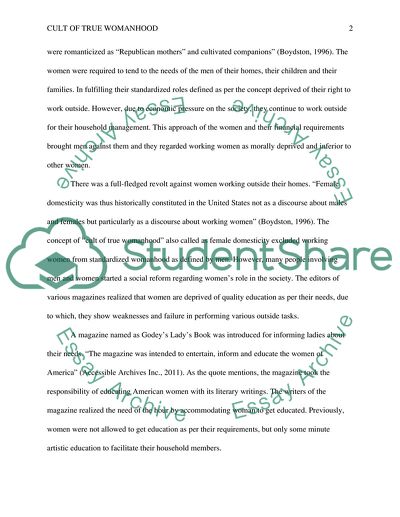Cite this document
(“Women Involved in Social Reform in the 19th Century Essay - 1”, n.d.)
Women Involved in Social Reform in the 19th Century Essay - 1. Retrieved from https://studentshare.org/history/1628785-american-women-history
Women Involved in Social Reform in the 19th Century Essay - 1. Retrieved from https://studentshare.org/history/1628785-american-women-history
(Women Involved in Social Reform in the 19th Century Essay - 1)
Women Involved in Social Reform in the 19th Century Essay - 1. https://studentshare.org/history/1628785-american-women-history.
Women Involved in Social Reform in the 19th Century Essay - 1. https://studentshare.org/history/1628785-american-women-history.
“Women Involved in Social Reform in the 19th Century Essay - 1”, n.d. https://studentshare.org/history/1628785-american-women-history.


